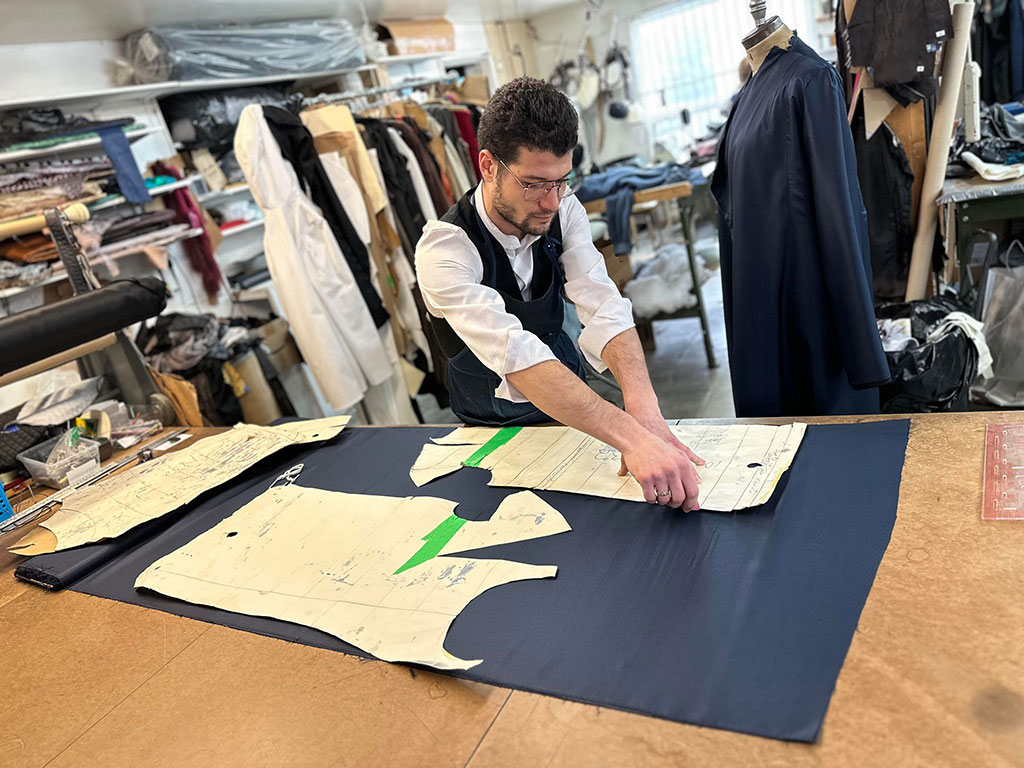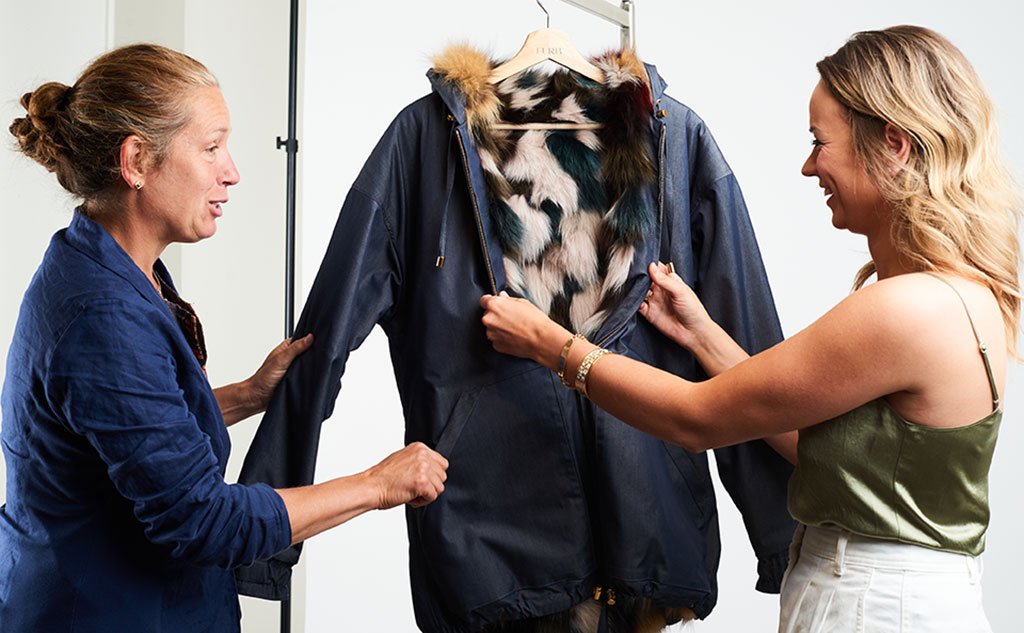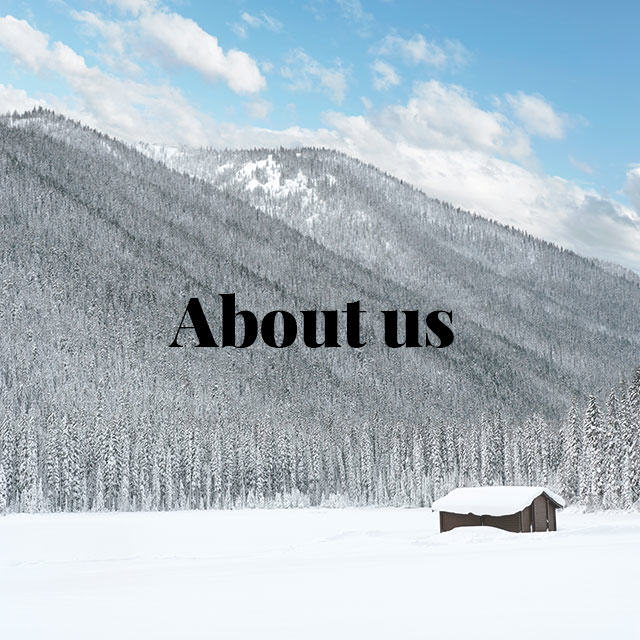
After decades of leadership from the Fur Council of Canada, the “downstream” sectors of Canada’s fur trade will once again have full representation following the absorption of the FCC by the expanding Fur Institute of Canada (FIC).
Both national associations always had members from all sectors of the trade, but each had its strengths.
The FCC, founded in 1964, had a downstream focus, working on trade issues, marketing and promotion, and producing educational materials for consumers and schools. The FIC, meanwhile, was launched in 1983 to administer Canada’s world-leading trap research and development program, and became the national forum for a wide range of trapping issues, notably implementation of the Agreement on International Humane Trapping Standards (AIHTS).
Together with the Canada Mink Breeders Association, these three national associations provided strong leadership for the Canadian trade.
Fur Council’s Heyday
“The Fur Council of Canada was one of the most productive and creative fur associations in the world,” recalls Alan Herscovici, who was raised in the Montreal fur manufacturing sector, and served as the FCC’s executive vice-president for two decades. “In the 1990s and early 2000s, the Fur Council produced major fur advertising campaigns, including billboards, and multi-page spreads in Vogue and other leading fashion publications.”
“We also had programs to assist retailers in modernizing their stores, and engaged top fashion and marketing experts to help manufacturers to innovate and open new markets. We coordinated design competitions to encourage fashion students to work with fur. Not least important, the FCC was a leader in promoting the fur trade’s environmental and ethical messages, with printed materials for retailers, billboard campaigns, videos, and websites like Furisgreen.com and TruthAboutFur.com.”
Through the Canadian Fur Trade Development Institute, its manufacturer/wholesaler arm, the FCC also organized the North American Fur & Fashion Exposition in Montreal (NAFFEM), from 1986 until 2013.
But with the contraction of fur manufacturing and retailing over the past decade, it became increasingly difficult to maintain multiple associations. Several years ago, the FCC closed its Montreal office, and its administration was taken over by the FIC.
Merger with Fur Institute Formalized

SEE ALSO: Dilan and Emmy: Young Québecois furriers join forces. Truth About Fur.
Earlier this year, the merger was formalized. “Several wholesalers, retailers and other downstream operators who were former FCC members have now joined the FIC, and were invited to our annual meeting in Newfoundland last June,” says FIC Executive Director Doug Chiasson.
“Our objective these days is for our membership to represent all stakeholders in the fur trade because of the synergies this can bring,” says Chiasson. “So bringing downstream operators under our umbrella is a major step in this direction. If we can help retailers and wholesalers to sell more fur products, that supports prices for primary producers and everyone through the entire supply chain, including auctions, processors, and brokers.”

Now several of the FIC’s new members are in the process of setting up a committee to support fur product promotion and marketing, among them former FCC vice-president Christina Nacos of Natural Furs International.
“There’s no magic bullet that will solve all the industry’s problems,” says Nacos, “but working together from within the Fur Institute is a cost-effective way to leverage our strengths. With the new committee being set up, it’s important now that as many designers, artisans, wholesalers and retailers as possible become FIC members, so we can really give this our best shot!”
Canadian retailers and wholesalers – and other downstream members — who have not yet done so are invited to contact FIC Executive Director Doug Chiasson, at [email protected].










